Authors: Dr Venkatesh T Lamani, Swapnil K SinghBMS College of Engineering, Bull Temple Rd, Basavanagudi, Bengaluru, Karnataka, India 560019 Bubbles are a common occurrence in liquids, ranging from the simple rising ones to the turbulent ones that playfully form. However, behind their seemingly innocent façade lies a lesser-known and more complex side—cavitation bubbles. These unassuming bubbles possess the capacity to wreak havoc, generating destructive shock waves, emitting bursts of light, and even exhibiting unique chemical properties. In this article, we will delve into the intricate mechanics of cavitation bubbles, shedding light on their rapid collapse phase and the fascinating behaviours that accompany it. Cavitation bubbles undergo a sequence of stages, each contributing to their overall behaviour. It all begins with the inception of minuscule gas or vapor pockets known as nuclei within the liquid. These nuclei can emerge from various sources such as dissolved air, impurities, or surface irregularities. As the liquid traverses areas of lower pressure, these nuclei gradually expand into larger bubbles due to vaporisation—a process akin to boiling, yet without the actual boiling point being reached. The movement of cavitation bubbles is governed by the interplay between forces within the fluid flow and the intrinsic characteristics of the bubbles themselves. Forces such as drag, buoyancy, pressure gradients, and interactions with solid surfaces dictate their trajectories. Some bubbles ascend due to buoyancy, while others become entrapped in turbulent flows, swirling unpredictably. Along their trajectory, pressure gradients act as guiding forces, steering the bubbles in specific directions. Yet, the most intriguing facet of cavitation bubbles lies in their eventual collapse. As these bubbles transition from low-pressure regions to areas of higher pressure, they face escalating external pressure. This rapid compression leads to their dramatic collapse, referred to as the bubble collapse phase. During this phase, the confined space witnesses the generation of extreme pressures and temperatures, resulting in the formation of shock waves, microjets, and even flashes of light. This release of energy significantly contributes to the inherently destructive nature of cavitation, capable of causing damage to nearby surfaces. The collapse transpires in a fleeting instant, lasting only microseconds. The energy unleashed results in temperatures surpassing the sun's surface heat and pressures that rival the deepest ocean trenches. Shock waves and microjets formed in this dramatic event have the power to erode metals, damage propellers, and influence chemical reactions within the surrounding liquid. Researchers are particularly enthused by the potential applications of this released energy, spanning from catalysing intricate chemical reactions to advancing medical treatments.
Despite extensive research, comprehending the intricate dynamics of cavitation bubbles remains a formidable challenge. The intricate dance of fluid dynamics, coupled with the unpredictable nature of turbulence, renders achieving comprehensive understanding an ongoing pursuit. Researchers employ numerical simulations and experiments to gain insights, yet many aspects of this phenomenon are still awaiting exploration. Unravelling the mechanisms underlying bubble collapse and its aftermath stands as a continuing endeavour, driven by the desire to harness its energy while mitigating its potential harm. Author: InnovaSpace TeamWorking towards a globally inclusive and diverse network of space professionals, researchers, entrepreneurs, students & enthusiasts - Space Without Borders 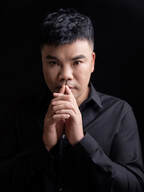 Time to catch-up with our colleague from the east, Chris Yuan, who very enthusiastically and capably established the Ursa Minor project in China, under the umbrella of the Planetary Expedition Commander Academy (PECA). It involves the development of new technologies and innovative training courses to encourage and inspire a future generation of space science researchers and astronauts. As previously reported in 2022, Chris and his students learned how to perform the Evetts-Russomano CPR technique underwater on a manikin while diving, as the water simulates the weightlessness that is present in microgravity. This practice now forms part of a larger course, the Ursa Minor Interstellar Expedition Program, giving the opportunity for 12- to 18-year-olds to participate in an underwater space science training camp.
Author: Tobias LeachMedical Student, University of Bristol | iBSc Physiology at King’s College London The first edition of the InnovaSpace Journal Club was dedicated to a prospective cohort study on jugular venous flow in astronauts aboard the ISS. From this study, the issue of jugular vein thrombus formation arose, which led to some fascinating discussion on how we could possibly manage and mitigate this novel risk to astronaut health. Therefore, I thought it appropriate to use the second edition of the InnovaSpace journal club to cover the issue of bleeding in space. Major Haemorrhage in space – How can it arise? How can it be managed? Should we worry about it? PAPER PRESENTED & DISCUSSED: We used a 2019 literature review which evaluated different haemostatic techniques in remote environments and proposed a major haemorrhage protocol for a Mars mission.
The article itself stressed that while the estimated risk for major haemorrhage on a Mars mission was not very high, there were still many possible causes for a big bleed such as trauma and high dose radiation. Additionally, the changes to circulatory physiology observed in microgravity may mean astronauts are less able to cope with even small amounts of blood loss. While the literature search itself left a lot to be desired as only 3 of the 27 papers were randomised controlled trials (RCTs), the results were interesting. Cosmic Conundrum: Unexplained Discovery at Interstellar Meteor Crash Site Sparks Scientific Intrigue18/8/2023
Author: Swapnil K Singh FRSA, IndiaUndergraduate: Astronomy Research & Mechanical Engineering - Astrophysicist of the future! In an extraordinary scientific expedition, researchers embarked on a quest to investigate remnants of the first recognised interstellar meteor, IM1. As they explored the crash site, an astonishing revelation emerged, challenging our understanding of cosmic phenomena and hinting at the possibility of extraterrestrial technology. During their initial examination of the crash site, the team encountered a considerable amount of volcanic dust particles on their magnetic sled. These tiny particles, measuring less than a tenth of a millimetre, were diligently removed from the sled's magnets using a painter's brush. However, it was the presence of a peculiar wire, labelled IS1–2, that truly astonished the researchers. Despite being dragged through the ocean water by the ship Silver Star, the wire remained firmly attached to one of the magnets. The scientists proposed that the volcanic magnetic particles acted as a magnet, effectively holding the wire in place against the force of the ocean current. Driven by curiosity, Ryan Weed and Jeff Wynn conducted an in-depth analysis of the wire's composition. Using an X-ray fluorescence analyser manufactured by Bruker, they compared its composition to known human-made alloys. The results revealed significant peaks in manganese (Mn) and platinum (Pt) on the periodic table. Further investigation unveiled that the wire was composed of a manganese-platinum alloy (MnPt). However, the relative abundance of manganese and platinum in IS1–2 diverged significantly from the composition of MnPt alloys typically used in laboratory non-corroding electrodes. This perplexing deviation suggested the possibility of an origin beyond our world.
Author: Tomas DucaiBiology (microbiology/genetics) graduate, University of Vienna - Space (medicine) enthusiast "For most people, this is as close to being an astronaut, as you’ll ever get. It’s leaving planet Earth behind and entering an alien world.“ - Mary Frances Emmons - Editor-in-chief Scuba Diving, Sport Diver & The Undersea Journal magazines Mary Frances Emmons puts into words the indescribable atmosphere of scuba diving in which the boundaries become blurred between Earth and the sky above, or at least, to be more precise, the depths of space. It is this mixture of feelings that I want to experience – diving into the element of water, which is essential for life and where physical disabilities may not matter. I have been active in the world of space exploration for over a year now and am truly interested in promoting inclusion in the space sciences and analog space missions. I have been lucky enough to meet a lot of respected people and professionals doing amazing work with great passion in their respective fields, and they have also been keen to help and support me to realize my dreams A particular person who has shaped my dreams in concrete terms is Slovakia’s one and only aquanaut (underwater analog astronaut) and Chief Scientific Officer of the Hydronaut Project (unique underwater lab serving as a research facility for survival training in limited/extreme environments) - Miroslav Rozložník. Miro is an experienced scuba-dive instructor, who I met in Prague at an international analog astronaut community event. He offered to help me experience the unique underwater atmosphere through introducing me to the world of scuba-diving, a truly cherished offer that I gratefully accepted! At the same time, I knew that having a basic introduction to scuba diving may also enhance my chances of being selected as one of the three analog parastronauts for upcoming analog missions at the LunAres analog research station in Poland, especially if underwater mission experiments are being considered.
Author: Dr Dolly DaouInternational expert in design business innovation and strategies - International experience in design pedagogy/research, leading philanthropic associations and higher education programs and community projects in Australia, Asia, Europe and in the Middle East. (Visit: https://dollydaou.org/) I was inspired to write this blog in response to a post I saw on social media, where during an interview, one of the attendants asked: Who invented gravity and why do we need it? To the best of the attendant’s knowledge gravity was invented by Isaac Newton. These simple yet complex questions demonstrate the fragility of our knowledge and appreciation of gravity and reveal the inter-connection of these questions to each other. To be clear the reflections on gravity in this blog are not scientific, rather I am exploring the significance of gravity in our everyday as a design researcher. Throughout history the chain reaction of scientific explorations by Aristotle, to Bruno, Galileo, Kepler, Newton, much later Einstein, and then Hawking led to the discovery and adaptation of the theory of gravity. Although Newton could not explain the origin of gravity he did adapt Johannes Kepler’s law of gravitational theory, invented calculus and gave this force its name: gravity. Through this exploration, I open the scope of discussion for other disciplines to examine the power of this invisible force in our universe. Through interior and food design I demonstrate how gravity controls our daily lives from lifting an ordinary object to launching a rocket into space or designing a sustainable food system. We rely on gravitational forces of the planets during our interaction with our environment, especially in the food system gravity plays an integral part in the production, distribution, manufacturing and consumption of food. The images below of the Chinese mountains and Australian ocean show how the food system on our planet Earth is connected through a force that holds everything together called: gravity. If we understand gravity, we understand the story of creation of the universe, that grounds the human existence and conditions our neurology and physiology. We under-estimated the value of gravity in our everyday, which usually goes un-noticed. The complexity of questioning the origin and benefits of gravity lies in the simplicity of these questions; in the presumption that we should all know the answers. These questions are especially relevant now during our current exploration to the extra-terrestrial inhabitation with lower or zero-gravity environments, which reveal the significance of gravity as a un-negotiable part of our everyday life.
InnovaSpace Journal Club #1 Report: Jugular Venous Blood Flow Stasis & Thrombosis During Spaceflight4/2/2023
Author: Lucas RehnbergNHS Doctor - Anaesthetics & Intensive Care | MSc Space Physiology & Health Extremely pleased to report on the 1st InnovaSpace Journal Club meeting that had the participation of a very international audience, with attendees from Belgium, Brazil, India, Israel, Italy, Romania, and UK! Thank you to all those who attended and look forward to future talks and discussions. For those who couldn’t attend, or are interested in the Space Journal Club, I have created a ‘one page’ summary of the paper we discussed. I have also added in the discussion points raised after the critical appraisal of the paper, together with links to additional reading material for anyone wishing to learn more. PAPER PRESENTED & DISCUSSED: HEADLINE: After 50+ years of spaceflight, the first documented venous thrombus in an astronaut identified - highlighting a new pathology, not previously diagnosed in astronauts. Who are the authors?
Experts in this field from several space agencies => NASA, IBMP (Russia), ESA Funding => NASA, under the Human research program. Part of the multi-institution international fluid shifts study. What is interesting about this paper/ Why would the medical space community be interested in this? New pathology, not diagnosed before. Potentially massive implications for future long duration missions. LBNP could potentially be a countermeasure to enhance venous blood flow or improve cerebral venous outflow. The research question. Loss of hydrostatic gradient and variation on Earth, sustained fluid redistribution. Effect on cerebral venous drainage/blood flow. Possible mechanism linked to SANS? Increased risk of clot formation due to static/retrograde flow? Aims:
Why is this research question important? Static/stagnant flow can predispose individuals to thrombus formation. Long lasting effects of thrombi for astronauts, potentially affecting crew performance (i.e. risk of anticoagulation, emboli, then leading to reduced performance affecting the crew and mission). The study design. Primary research => prospective cohort study (follow a similar patient group over time, comparing a particular outcome). Subjects were 11 astronauts, on the ISS. Method: Ultrasonographic assessment of left IJV (IJV are main conduits of cerebral drainage) - pre flight (3 positions, seated, supine & head down tilt) - at approximately D50 and D150 of spaceflight - with and without LBNP (approx the same days, Russian Chibis-M LBNP) Authors: Space Crew Group MembersSibsankar Palit, Tomas Ducai, Dhanusshya Raghu, and Raluca Papacocea “If people sat outside and looked at the stars each night, I’ll bet they’d live a lot differently…….How so?.......... Well, when you look into infinity, you realise that there are more important things than what people do all day.” Humans are planning to one day build settlements beyond Earth, although it should be noted that, currently, the total number of humans who have ventured beyond Earth (astronauts) is minuscule in comparison to the 8 billion global population. There is still a lot of work to be done. We are still not sure if space travel will be possible for everyone in our respective lifetimes, but in the meantime, there are several cosmic events that we can all witness from this blue dot on which we live. These include eclipses, meteor showers, etc. that occur at specific times, and give us a sense of belonging to the cosmos! So, we should try not to miss these cosmic events if at all possible. There are astronomy clubs and science museums that can be visited, or sometimes we can even view these events online using applications like Stellarium or Youtube, etc. Outreach activities at the Birla Industrial & Technological Museum, Kolkata (BITM, Kolkata)
Images Credit: Rounak Saha & Astronomy Club, BITM, Kolkata, WB, India A few members of the InnovaSpace Space Crew working group have actively engaged in observing two vital cosmic events that took place toward the end of 2022 - the Partial Solar Eclipse (25.10.2022) and Total Lunar Eclipse (08.11.2022). Below are a few snapshots of the recent eclipses. Author: Swapnil K SinghUndergraduate: Astronomy Research & Mechanical Engineering - Astrophysicist of the future! Albert Einstein gave the theory of relativity and because of him we know how gravity works and also the nature of space-time. With the help of the theory of relativity, we can say that gravity warps space-time fabric and that's how we feel the effect of gravity. Later, in year 1921, German scientist Theodor Kaluza came up with an idea that if the force of gravity warps space-time, then other forces like electromagnetic or nuclear forces also warp space-time. However, we know that's not true, so then Kaluza thought that maybe these forces do not warp the space-time of this dimension but warp the space of other dimensions, and so, the theory of other dimensions (string theory) came into existence. The Kaluza–Klein theory (KK theory) is a classical unified field theory of gravitation and electromagnetism built around the idea of a fifth dimension beyond the common 4D of space and time, and considered an important precursor to string theory. String theory predicts that all objects in our universe are composed of vibrating filaments (and membranes) of energy. It proposes that subatomic particles are sub-sub-subatomic strings. If we zoom in on the particles closely enough, what we usually think of as little billiard balls reveal themselves to be tiny loops or lengths of a more primitive material. These strings vibrate like miniature guitar strings, and each type of particle corresponds to a string playing a certain pitch. These strings came in two forms — closed strings and open strings. An open string has ends that don’t touch each other, while a closed string is a loop with no open end.
Authors: Pooja S, Rohith V, Pranav PD and Sibsankar PalitThe LIFE- To & Beyond colleagues & team “He who can listen to music in the midst of noise can achieve great things”. In this quote, Sarabhai emphasises achieving harmony in the state of disorder to attain greatness. Perhaps you may have heard about the Indian Space Research Organisation (ISRO), the most cost-effective and efficient space organisation in the whole world, the one that succeeded first-time in its Mars mission and also with a multitude of other ambitious missions. But... do you know the people who were involved in its making? Let me introduce you to Dr. Vikram Sarabhai - the man involved in the organisation's very foundation and considered to be the Father of ISRO. This remarkable personality also contributed to India and the world in terms of institutional building and serving society through science and technology. He also excelled in helping India to achieve global standing in nuclear power and was Founder of the first Indian Institute of Management (IIM). A multitalented guy, right? So, let's get to know more about our hero, Dr. Vikram Sarabhai….. Early Life & Education
Vikram Ambalal Sarabhai was born to Ambalal Sarabhai and Sarala Devi on the 12th August 1919 in Ahmedabad, Gujarat, India. His father was a textile industrialist and his mother a teacher, who ran the school in which Sarabhai underwent his primary education. Sarabhai had a keen interest in maths and science, and after passing a higher education intermediate science exam at Gujarat College, Ahmedabad, he then studied 'Natural sciences' at St John's College, University of Cambridge in England, graduating in 1940. Unfortunately, the sudden outbreak of the Second World War forced his return to India, where he joined the Indian Institute of Science (IISC), in Bengaluru (formerly Bangalore). He conducted research on cosmic rays under the guidance of another pioneering Indian scientist and Institution builder Dr. Homi J Bhabha and supervision of Indian Nobel Laureate, Sir Chandrasekhara V. Raman. Within 2 years of his research, he submitted his first scientific paper on the "Time distribution of cosmic rays" in 1942. He finally returned to Cambridge University in 1945 and obtained a PhD in 1947, with his thesis entitled “Cosmic Ray Investigations in Tropical Latitudes”. |
Welcometo the InnovaSpace Knowledge Station Categories
All
|
UK Office: 88 Tideslea Path, London, SE280LZ
Privacy Policy I Terms & Conditions
© 2024 InnovaSpace, All Rights Reserved
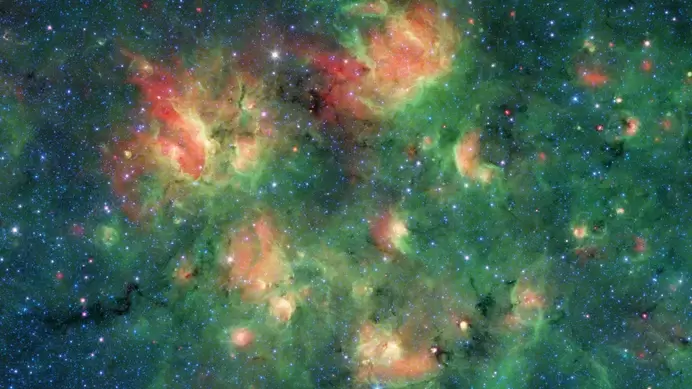

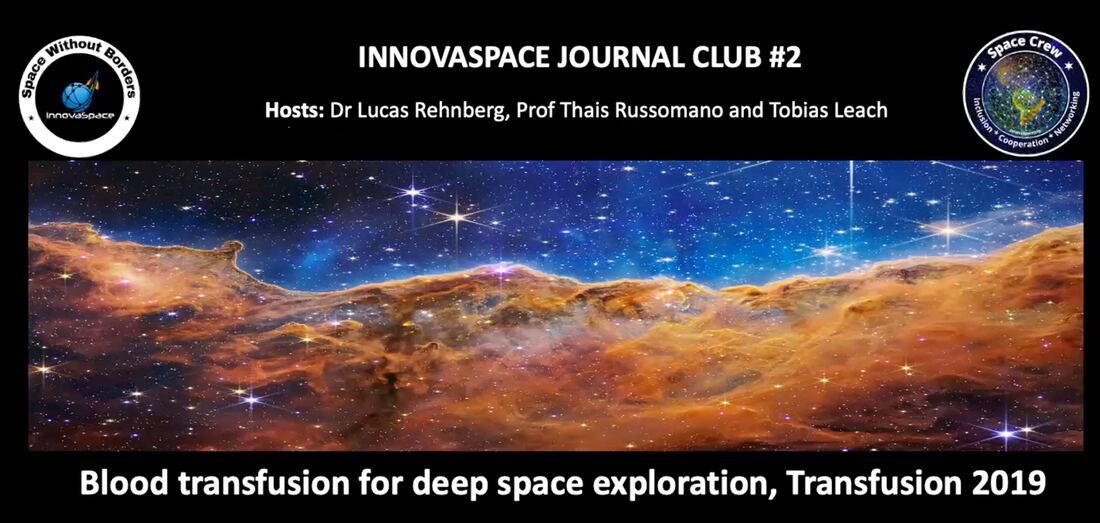
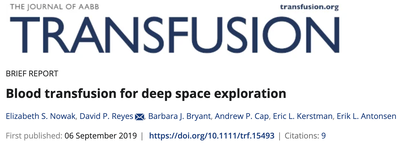
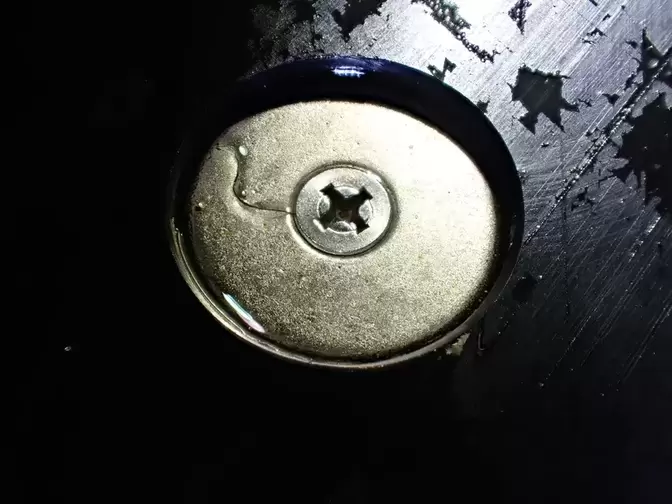

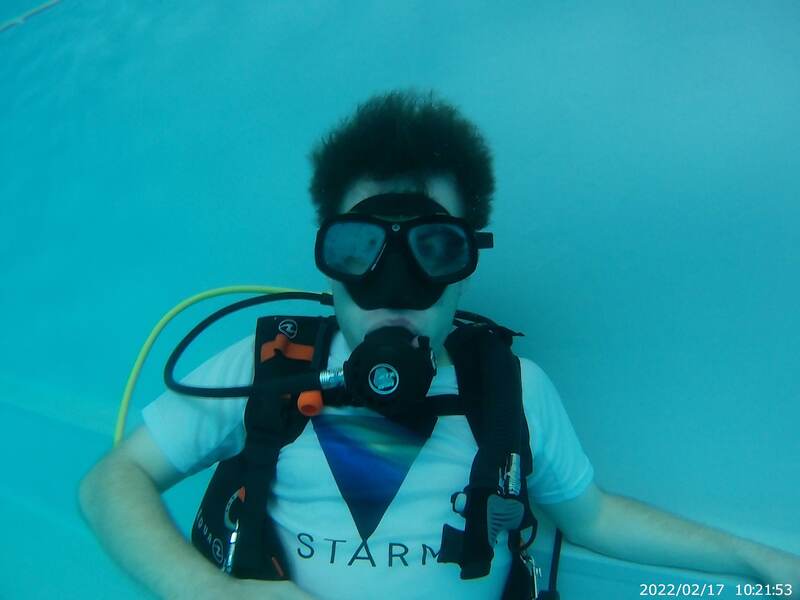
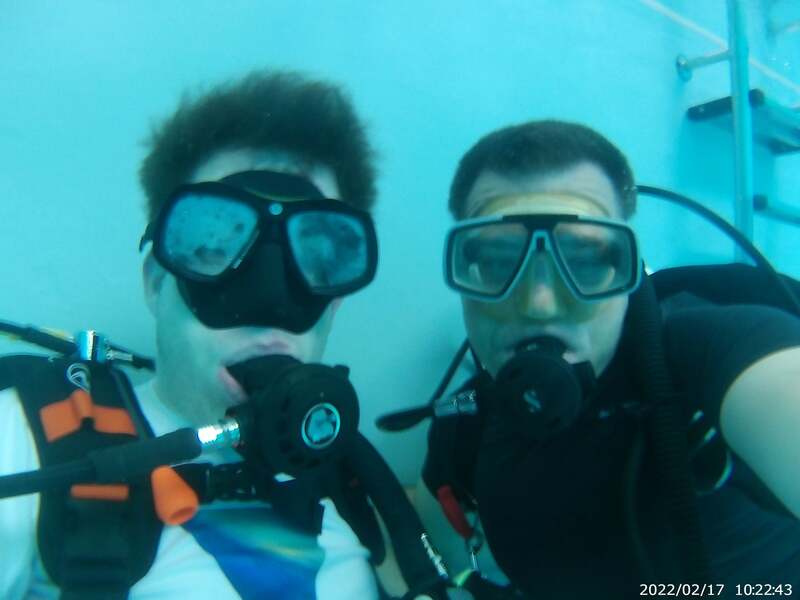
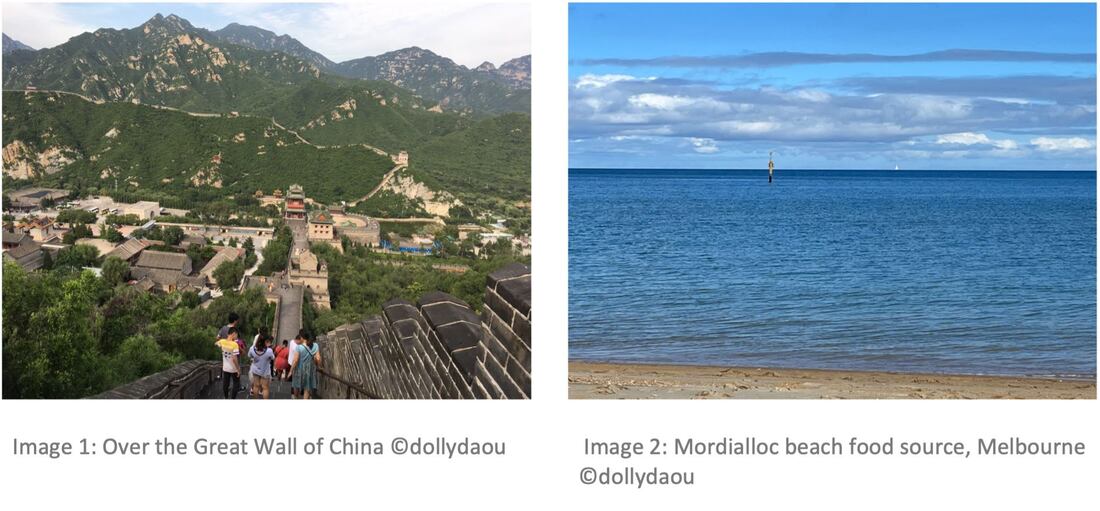
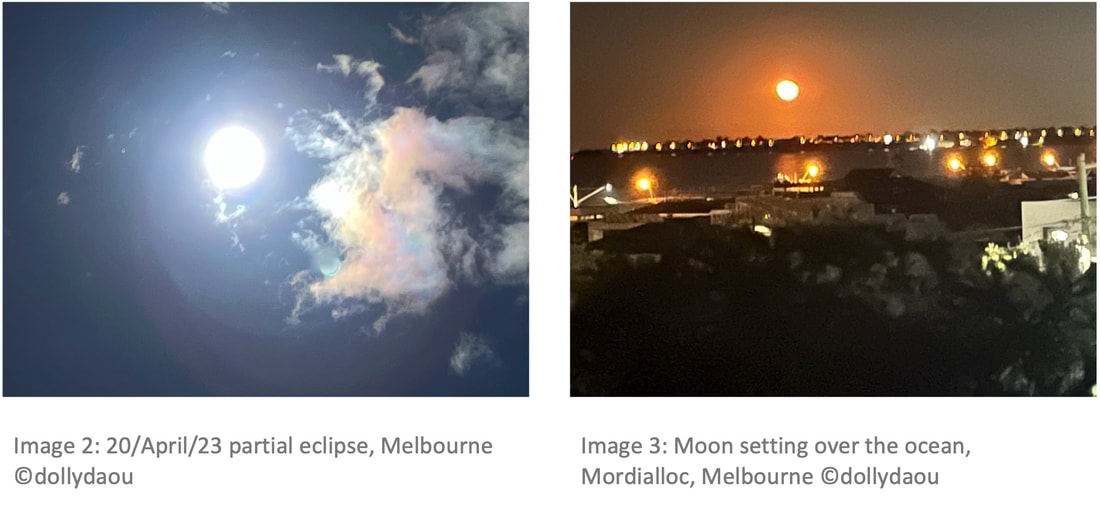

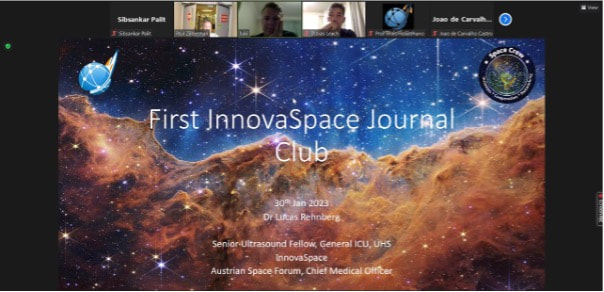

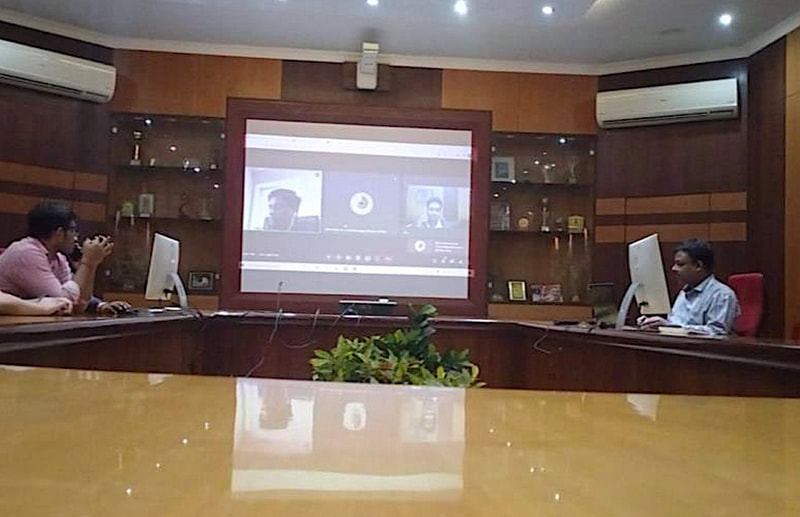
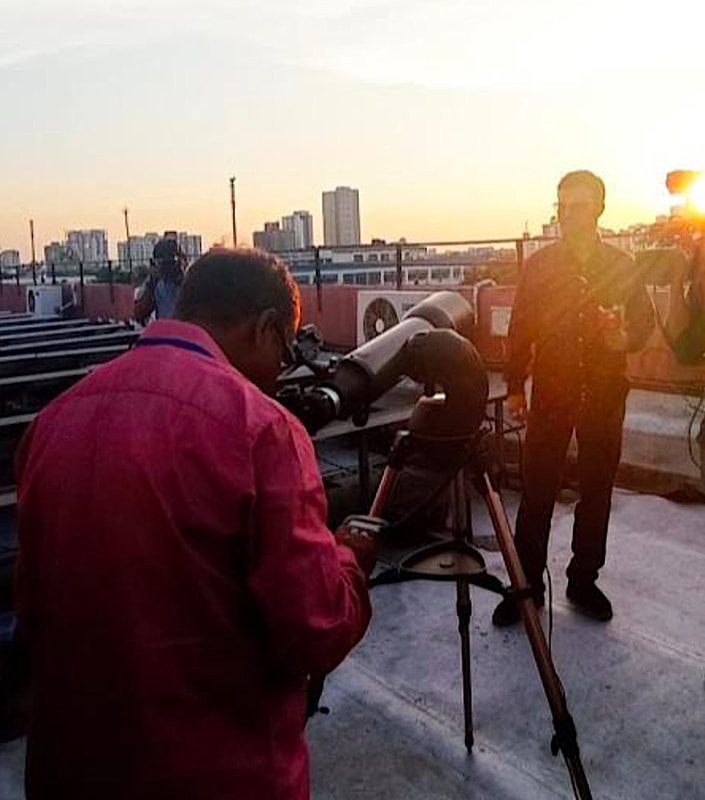
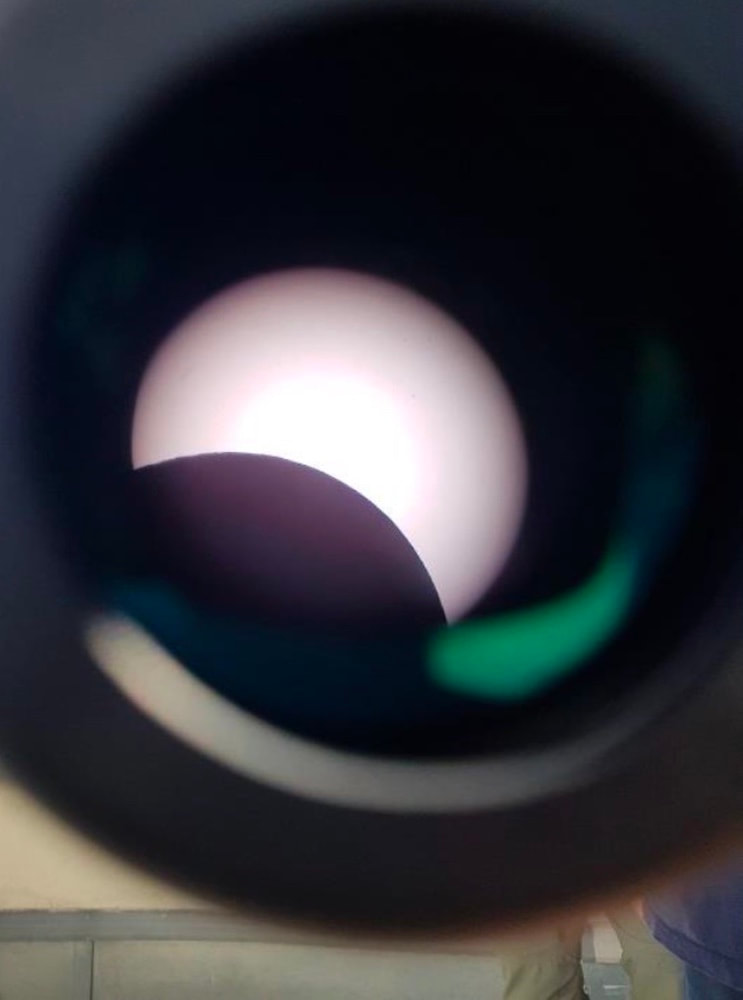
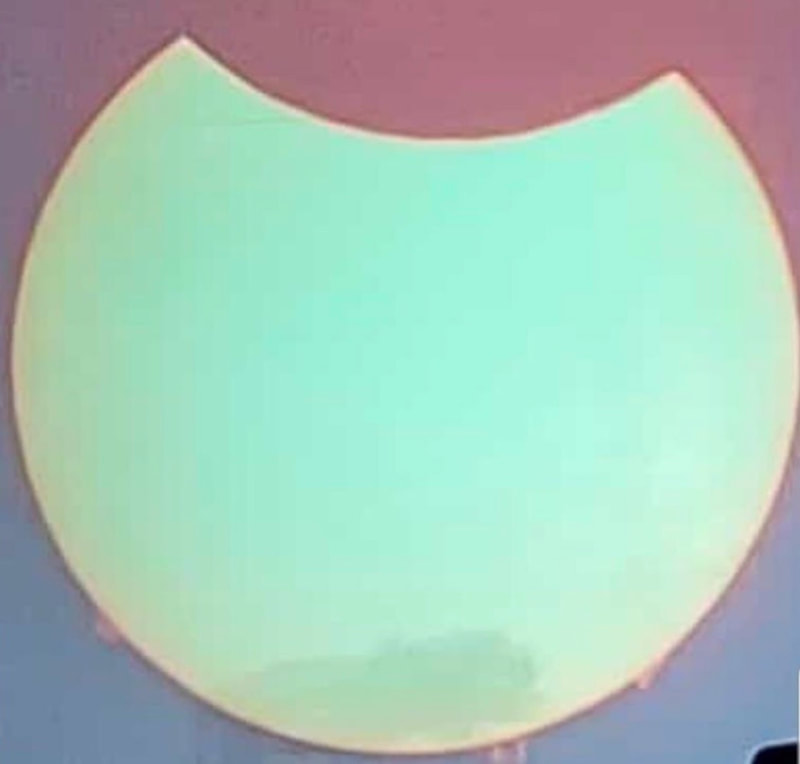
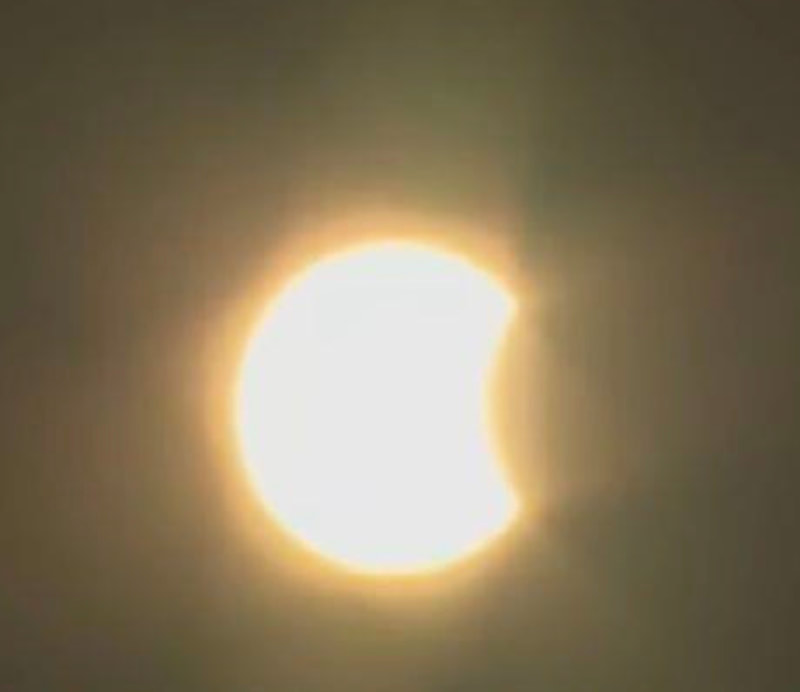
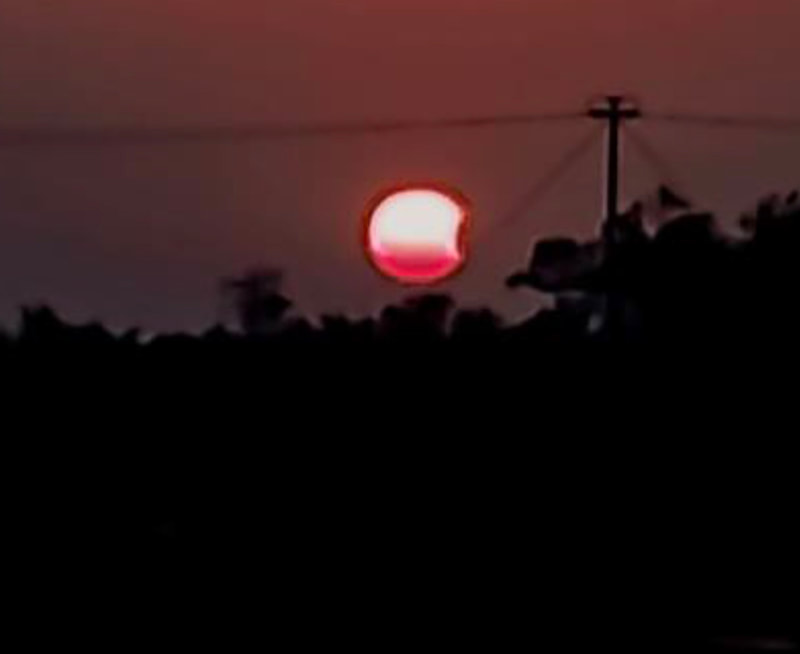
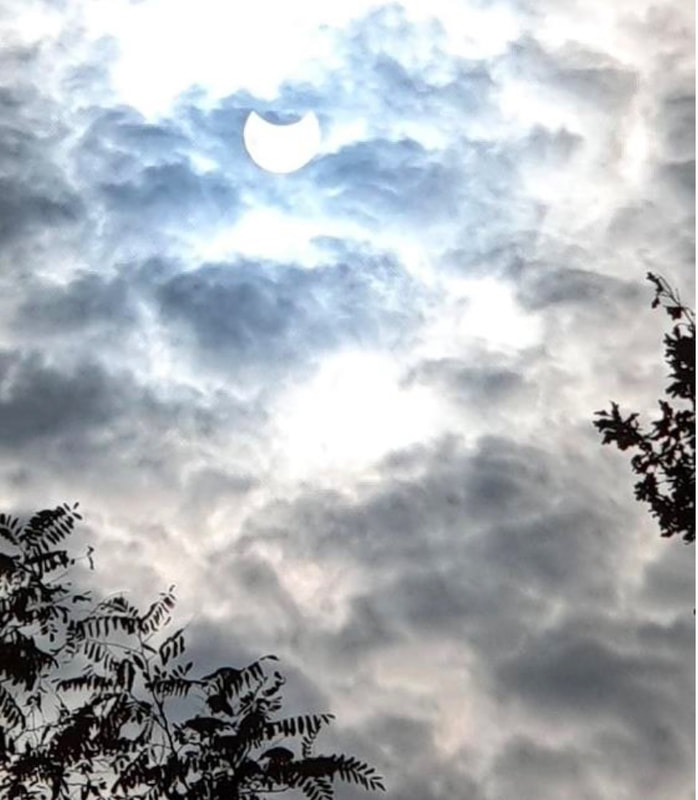
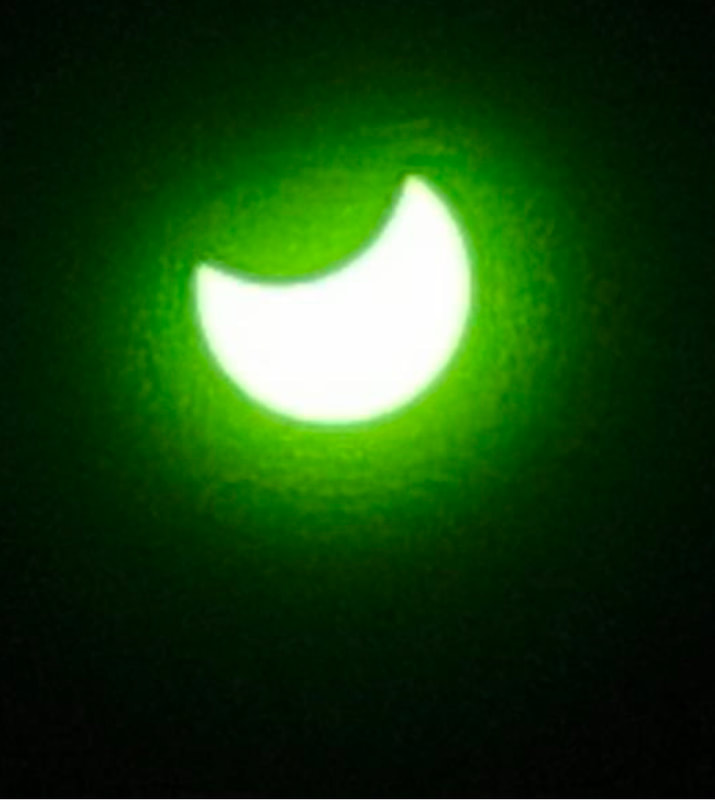
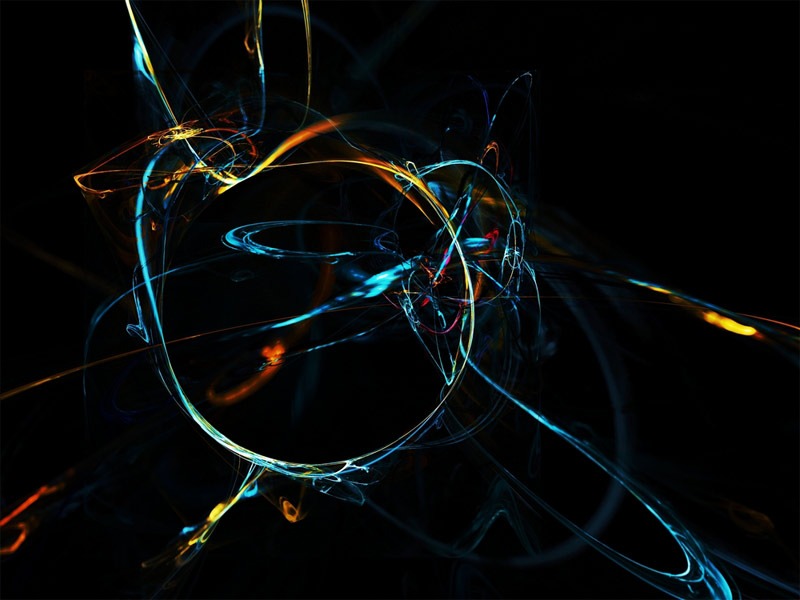

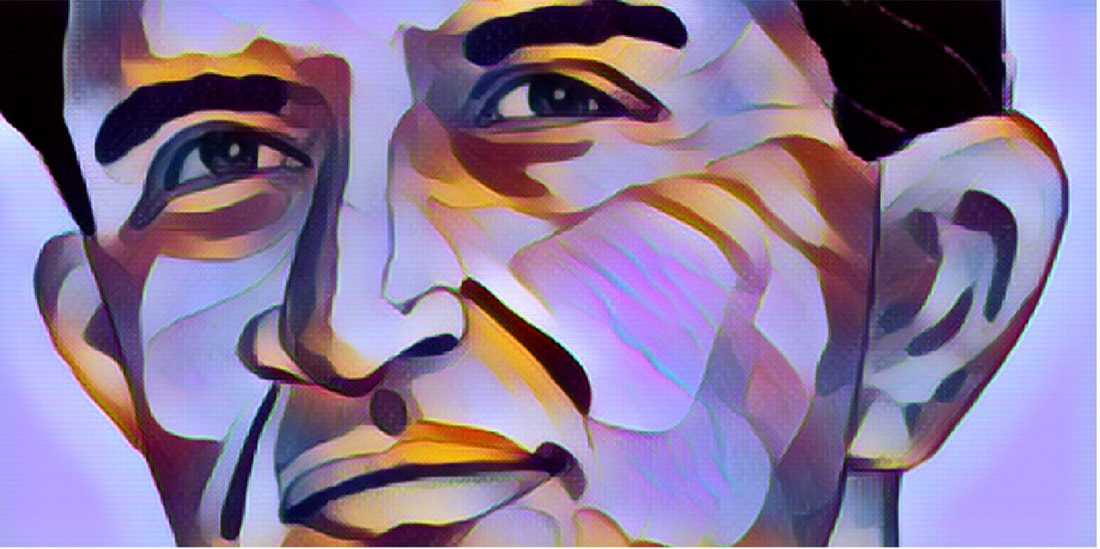
 RSS Feed
RSS Feed